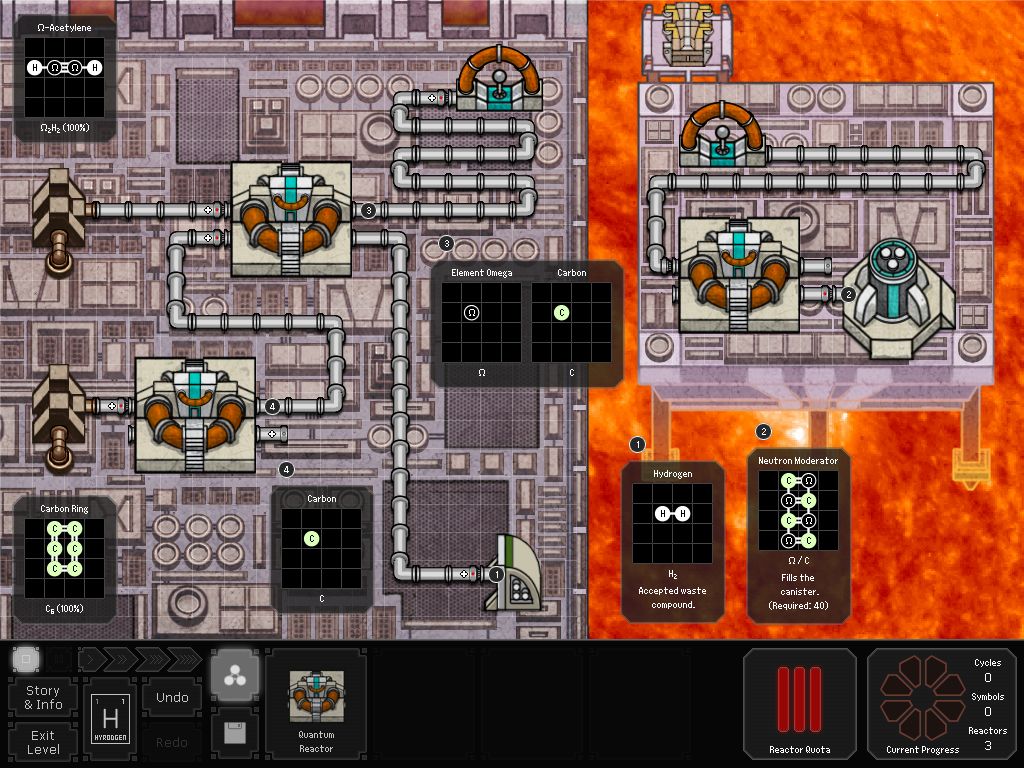

Utilities: with a typical minimum depth of 30 feet, our tunnels are well beneath most utilities, which are typically less than 10 feet below the surface. In order to make vast tunnel networks feasible, tunneling costs must be reduced by a factor of more than 10, with TBC's Loop tunnels currently priced at approximately $10 million per mile Tunnel construction and operation are invisible, silent, and undetectableįuture Expansion: it is much simpler to extend a tunnel-based system than a surface-based systemĬurrently, tunnels are really expensive to dig, with many projects costing between $100 million and $1 billion per mile. Minimal Surface Impact: tunnel construction and operation do not create any discernible surface noise or vibration. Weatherproof Operation: rain, snow, wind, and surface temperatures do not affect system operation Tunnels also do not conflict with currently operating transportation systems, such as roads and sidewalks Minimal Use of Land: tunnels minimize the use of valuable surface land. This flexibility contrasts with a surface system where adding a lane to the road is often difficult October 1978.Ĭoordinates: 37★4′59″N 126☄1′55″E / 37.91639°N 126.69861☎ / 37.91639 126.Unlimited Capacity: there is no practical limit to how many layers of tunnels can be built, so any current or future capacity outcome can be achieved.

The complete idiot's guide to world conflicts. Preventive negotiation: avoiding conflict escalation. Archived from the original on 13 July 2009. "Inside North Korea's Third Tunnel of Aggression".
SPACECHEM TUNNELS 3 DRIVER
Visitors enter either by walking down a long steep incline that starts in a lobby with a gift shop or via a rubber-tyred train that contains a driver at the front or the back (depending on the direction as there is only one set of rails) and padded seats facing forward and backwards in rows for up to three passengers each. The tunnel is now a tourist site, though still well guarded. The South Korean Armed Forces still devotes specialist resources to finding infiltration tunnels, though tunnels are much less significant now that North Korean long-range artillery and missiles have become more effective. Ī total of four tunnels have been discovered so far, but there are believed to be up to twenty more. The walls of the tunnel where tourists are taken are observably granite, a stone of igneous origin, whereas coal would be found in stone of sedimentary origin. Signs in the tunnel claim that there is no geological likelihood of coal being in the area. North Korea then declared it part of a coal mine, the tunnel having been blackened by construction explosions. Initially, North Korea denied building the tunnel. Its description as a "tunnel of aggression" was given by South Korea, who considered it an act of aggression on the part of North Korea. Upon discovery of the third tunnel, the United Nations Command accused North Korea of threatening the 1953 Korean Armistice Agreement signed at the end of the Korean War. It was apparently designed for a surprise attack on Seoul from North Korea, and could, according to visitor information in the tunnel, accommodate 30,000 men per hour along with light weaponry.

It runs through bedrock at a depth of about 73 m (240 ft) below ground.

The incomplete tunnel is 1,635 metres (1.0 mile) long, of 1.95 m (6 ft 5 in) maximum high and 2.1 m (6 ft 11 in) wide. It took four months to locate the tunnel precisely and dig an intercept tunnel. Only 44 km (27 miles) from Seoul, the incomplete tunnel was discovered in October 1978 following the detection of an underground explosion in June 1978, apparently caused by the tunnellers who had progressed 435 metres (1,427 feet) under the south side of the Korean Demilitarized Zone (DMZ).


 0 kommentar(er)
0 kommentar(er)
